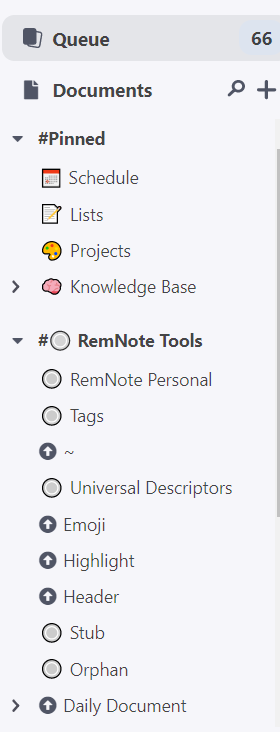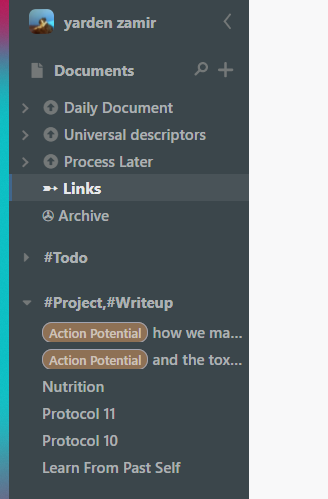I am relatively a beginner with zettelkasten method of note taking. I am also inspired by the blog posts/videos elsewhere that talk about multiple summarising and synthesising of content. I mainly use iPad apps, so Obsidian wasn’t an option. I was using marginnote to create my zettels until I fell in love with Remnote.
Thought I’ll share my evolving workflow here, and earnestly invite comment and feedback.
- I do the first pass reading and highlighting in diigo. Being a subscriber I also can highlight PDFs.
- If I need more writing on the pages and a second pass connecting of ideas, I export the highlighted content to LiquidText or Goodnotes or iAnnotatePDF or Flexcil or MarginNote and synthesise the concepts further.
- I then export the second level synthesis back into diigo.
- Now, I’m ready to create zettels in Remnote.
- Using iPad split screen, I have Remnote on one side and diigo on another.
- Using apple Scribble I try to write the forward card of the concept or descriptor. (If Scribble plays up, I use the floating keyboard and draw the words out which is often faster than writing).
- I then copy the relevant highlighted sentence from diigo and paste it in Remnote. (This is very straightforward with pencil. When I touch the highlighted text in diigo, I get a context menu with copy option. When I touch and hover in Remnote, I get context menu with paste option.)
- To treat each Rem as a zettel with bibliography, I click on the bullet point to open its page and add the source url to it. Also create tags and REM references.
- I’ve not yet gotten around to using portals and templates. I hope this zettelkasten workflow will blossom further with those options.
Cheers,
Brindha




 .
.



